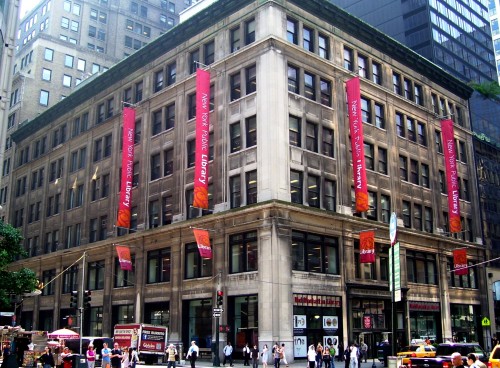True Cost of Defeated Central Library Plan Revealed
As reported recently in the New York Times, NYPL reveals that the Central Library Plan would have cost over $500 million, a far cry from their earlier $300 million estimate:
But officials, for the first time, revealed that the original plan, mostly scrapped last month in large part because of questions about the price tag, would actually have cost more than $500 million, according to independent estimates they commissioned last June.
Critics of the original plan had suggested that the price tag would most likely escalate well beyond the original estimates and, as a mayoral candidate, Bill de Blasio was among several officials who called for a more thorough review of the project’s cost.
Library officials are hopeful that Mr. de Blasio, as mayor, will agree that $150 million, already in the city’s executive budget to finance the old plan, can be spent on the new one.
“The administration will remain in close discussions with the library on this project as well as on its other initiatives in support of the mayor’s agenda,” said Marti Adams, a spokeswoman for the mayor. “We are pleased that the library ultimately shared the mayor’s goals in developing its revised plan.”
Anthony W. Marx, the library’s president, said the historic stacks in the main building, whose removal was a disputed element in the original plan designed by the architect Norman Foster, would be kept, but not returned to service as a storage area for books.
NYPL plans to spend $22 million to expand the Bryant Park Stack Extension, without acknowledging the fact that doing so will displace the 1.2 million books currently under Bryant Park to New Jersey.
President Anthony Marx claims that bringing the seven floors of stacks below the Rose Reading Room up to code would require spending an additional $46 million. It’s unclear how the NYPL obtained this estimate since they have never disclosed their cost analysis report.
In the 1980s, “advanced temperature and humidity controls” had been integrated into the stacks, and a new sprinkler system was installed in 1991.

